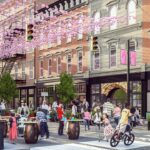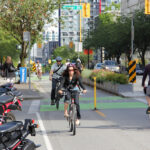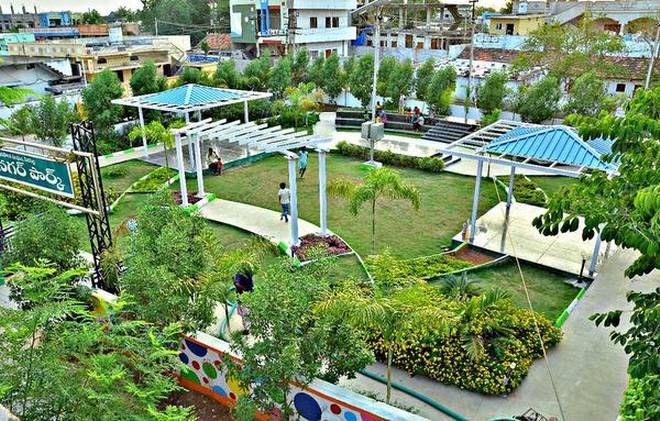In the pursuit of sustainable urban development, the integration of green spaces into transportation planning has emerged as a crucial strategy. This approach not only enhances urban aesthetics and livability but also contributes significantly to environmental and social well-being. This article explores the importance of incorporating greenery into urban transport infrastructures and the benefits it brings to cities and their residents.
The Concept of Green Urban Mobility
Green urban mobility refers to a transport system that is environmentally friendly and integrates natural elements into its design. This includes the creation of green corridors alongside transit routes, planting trees and shrubs around transportation hubs, and designing parks and recreational paths that encourage walking and cycling.
Benefits of Green Spaces in Urban Transport
The integration of green spaces into urban transport offers numerous benefits. It improves air quality by reducing pollution levels, mitigates the urban heat island effect, and enhances the aesthetic appeal of cityscapes. Additionally, green spaces provide recreational areas for residents, promoting physical activity and mental well-being.
Case Studies: Successful Implementations
Several cities have successfully integrated green spaces into their transport planning. For instance, the High Line in New York City, an elevated linear park built on a historic freight rail line, is an excellent example of how abandoned infrastructure can be transformed into valuable green urban space. Similarly, cities like Copenhagen and Amsterdam have incorporated extensive green biking and walking trails, effectively promoting sustainable mobility.
Challenges and Solutions
Integrating green spaces into urban transport planning comes with its challenges. These include land availability, maintenance costs, and ensuring that green initiatives align with overall transportation goals. Solutions involve innovative urban design, community involvement, and sustainable funding models.
The Role of Policy and Community Engagement
Effective policy frameworks and community engagement are essential for the successful integration of green spaces into transport planning. Policies should encourage the inclusion of green elements in all new transport projects, while community engagement ensures that the needs and preferences of local residents are met.
Sustainable Urban Transport and Green Spaces: A Synergy
The synergy between sustainable urban transport and green spaces is clear. Combining green initiatives with transportation planning not only makes cities more livable and environmentally friendly but also promotes a healthier lifestyle among urban residents.









